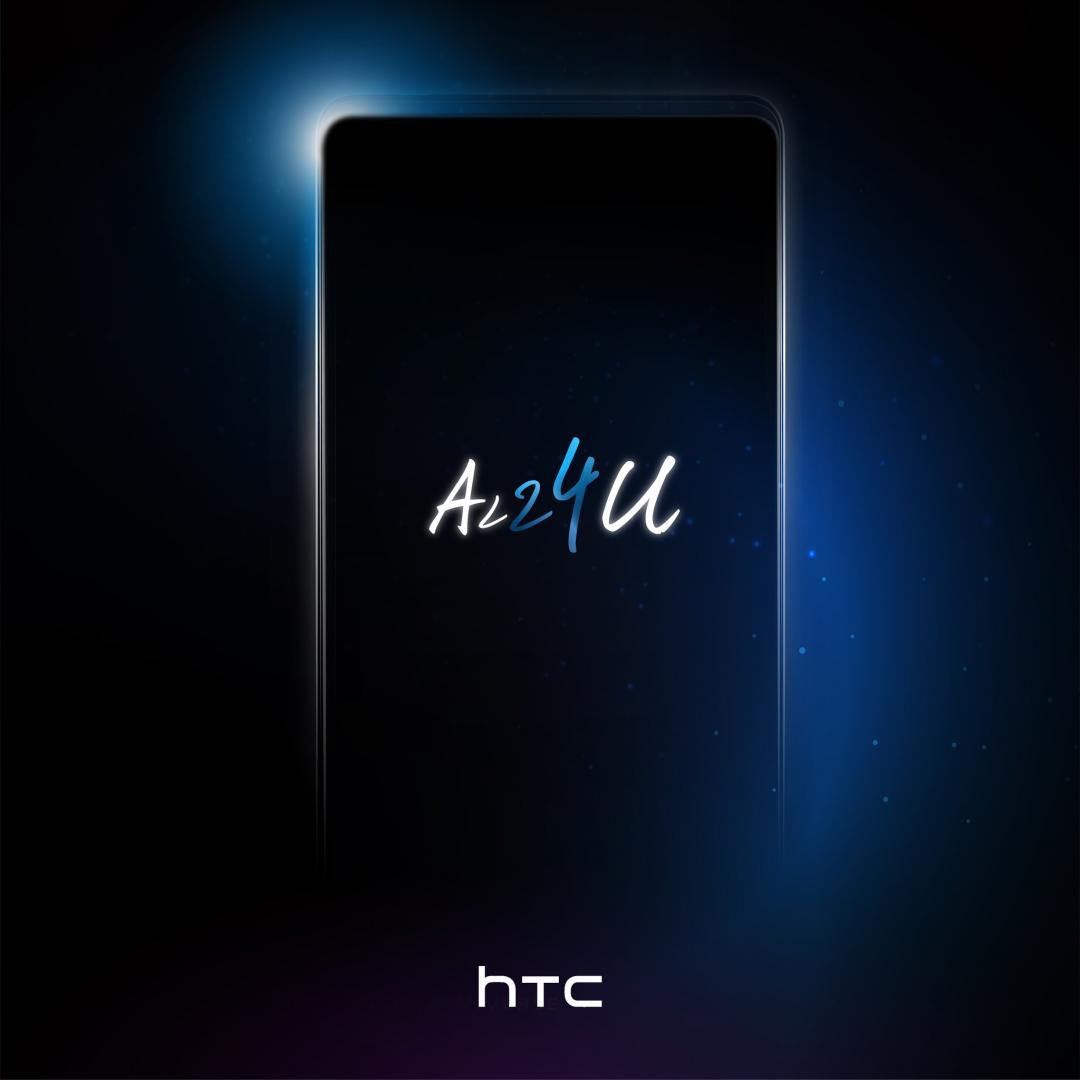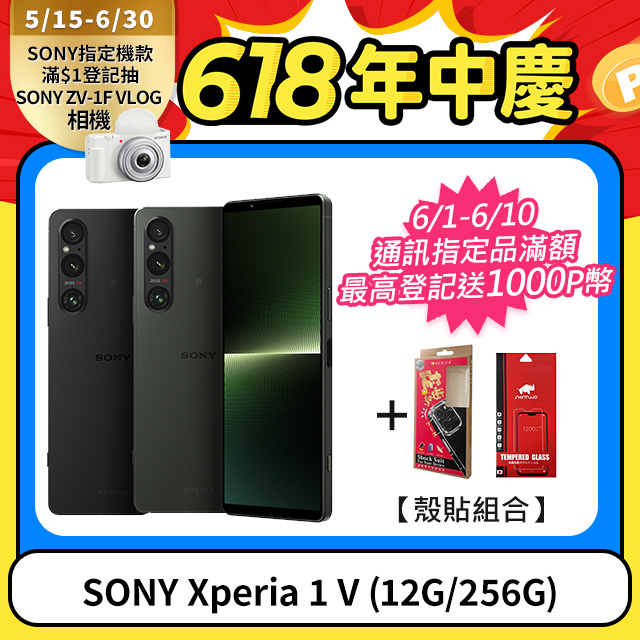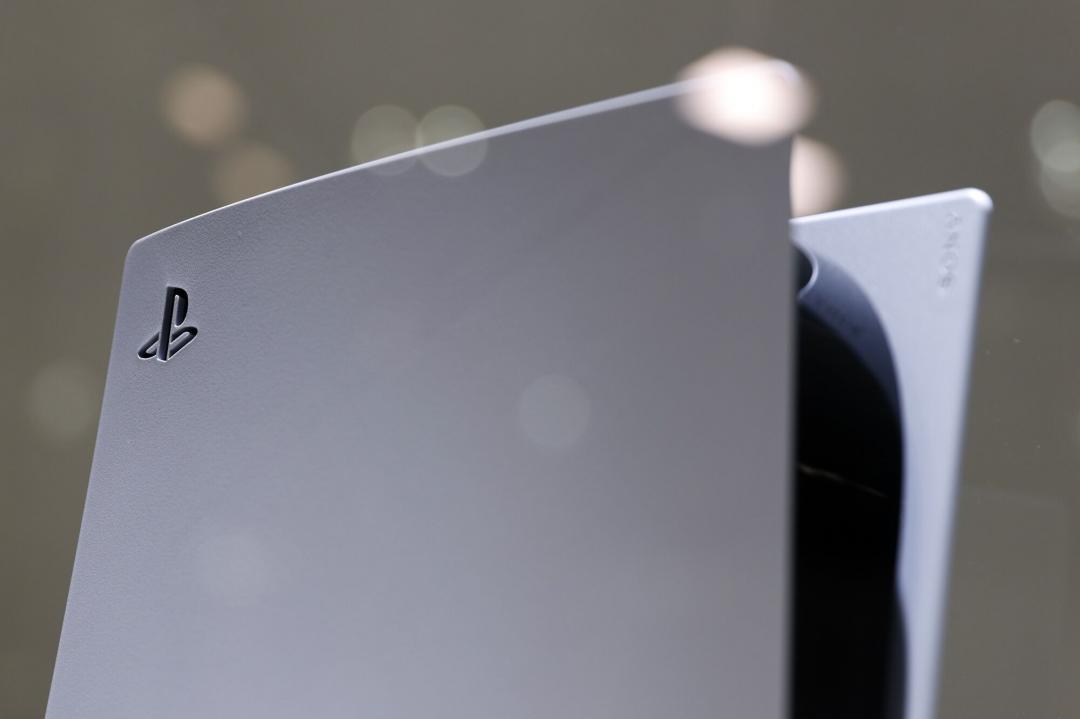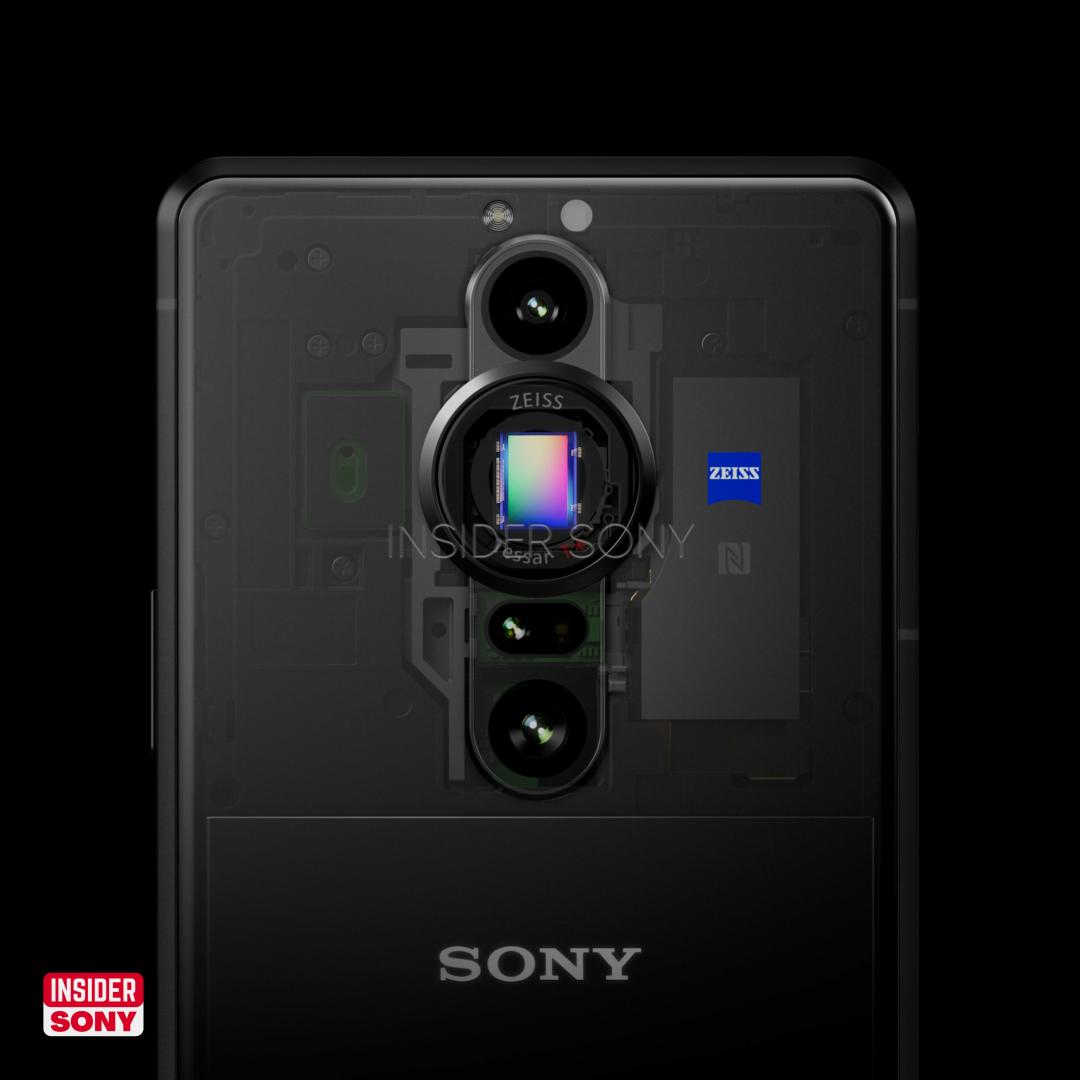I still remember the very first time I laid eyes on a Final Fantasy game and, by extension, the original PlayStation console. It was the year 2000, and I was spending a weekend afternoon as I usually did: sitting in the carpeted basement of my friend Alex’s house and watching him play a video game I had never seen before.
This time around, it was a borrowed copy of a title with a name we’d only ever seen written on the cover of magazines. Alex had gotten his hands on it from the older neighbor of a fellow classmate who lived up the street and was, by all accounts, ahead of the curve when it came to cool new entertainment out of Japan. The game was kind of like Pokémon, Alex told me, except better and bigger in every way. (We had very little frame of reference for turn-based role-playing games at the time.) I could hardly imagine what that looked like.
But there it was, a copy of Final Fantasy IX playing out on his bulky, silver pre-HD television. I still remember the exact scene, even. It was during the first half of disc two, when you find yourself back at Alexandria Castle trying to rescue Princess Garnet from the main villain Kuja and Garnet’s brainwashed mother Queen Brahne. In Brahne’s chamber, the look of which is burned into my memory down to the exact location of the secret switch in the wall, you fight the second of your losing battles against General Beatrix. I was immediately enthralled.
I was exclusively a Nintendo kid then. I received an N64 for my eighth birthday, and my game collection included the standard classics: Banjo-Kazooie, Ocarina of Time, GoldenEye. Before the launch of the first Xbox and the reign of the PS2, my primary console was my Game Boy. I can hardly remember a time in my elementary school years that I wasn’t toting around a copy of Pokémon. But I had begun pining for more than Nintendo. Through game magazines and TV commercials, and the accounts of Alex and other game-loving friends, I became aware of the PlayStation and the more quirky and offbeat experiences it played host to. Like Final Fantasy.
The first time I witnessed a game like Final Fantasy IX was mind-blowing
In a short but telling display, I took in the turn-based battle system, the stunning graphics and pre-rendered environments, the well-written dialogue, and the unbelievable battle animations — all of it was mind-blowing. I must play this, I remember thinking. Soon enough, after some desperate pleading and a very memorable Christmas, I had my hands on a PS1 and FFIX, and then the iconic FFVII and FFVIII after that. I would later discover FFVI and Chrono Trigger, both of which came as part of an English-language double-disc collection. By the time the PS2 launched and FFX arrived in December 2002, I was all-in.
My experience wasn’t an isolated one. In America, it was often more difficult to learn about Japanese RPGs unless you were reading the right magazines or visiting the right internet forums. But in many ways, discovering Final Fantasy became a defining moment in my relationship to both gaming and the PlayStation. And you could make the argument that Final Fantasy is the defining game series for 台北相機收購sony’s first home console, more so than Crash Bandicoot, Gran Turismo, Metal Gear Solid, or Tomb Raider. It’s easy to forget that the staggering impact of Squaresoft’s (now Square Enix’s) trio of 3D RPGs occurred, inexplicably, all within three years starting in 1997.
For kids like me, who had been feasting on a diet of Pokémon, DragonBall Z, and other popular Japanese exports, it was like discovering a whole new world. I had never played a proper RPG before. I wasn’t aware video games could even look that good; I would load specific saves of FFVII and others in the series just to watch certain cutscenes. The story was engrossing, and the worlds so realized that I can still recall the sense of pure wonder I felt exploring the open world by airship and, after hours of secret-hunting, by golden Chocobo.
I remember thinking how absurdly clever it was that FFVII went from low-poly graphics in the outer world, where I often spent most of my time reading dialogue and accessing my menu, to higher-poly models in the battle scenes, where I spent the bulk of the game’s interactive portion. When I was a kid, it seemed like that was just some clever behind-the-scenes production magic. Nearly two decades later, I would read a definitive account from the game’s creators on how monumental a technical feat it was to make any aspect of that game work as well as it did and in so short a time.
The PlayStation will forever be a Final Fantasy machine to me
The PlayStation will forever be a Final Fantasy machine to me, even if years later as a broke college student, I would forgo playing FFXIII on the PlayStation 3 because all I owned at the time was my Xbox 360. (I switched back to my PS4 for FFXV.) The two brands — PlayStation and Final Fantasy — are intertwined in my memories and always will be, and that’s true for the gaming industry as well.
Final Fantasy became the closest thing to a video game blockbuster for 台北相機收購sony when the company and Squaresoft cracked the international market with VII, VIII, and IX. Although many of the series’ principal design concepts were popularized in earlier iterations on Nintendo platforms, the 3D installments for the original PlayStation were groundbreaking for their use of full-motion video, photorealistic character models, and stunning blends of 3D environments with alternating levels of fidelity. The stories and their characters became instant hallmarks of the PlayStation brand, much in the same way Master Chief would become the Xbox mascot and the creations of Shigeru Miyamoto became the embodiments of Nintendo.
FFVII in particular became a massively influential title, establishing the appetite for high-concept console RPGs in Western markets and showing off the technical prowess of the PlayStation at a time when it seemed like Nintendo couldn’t be beat. The game would go on to sell millions of copies around the world and establish a model for FFVIII and FFIX to follow. Up until then, RPG makers operated predominantly in the realm of high fantasy, and almost solely on PC.
But the team at Squaresoft, led by then-director Yoshinori Kitase and series creator Hironobu Sakaguchi, created an unprecedented formula. They showed how you could take elements of medieval fantasy, steampunk, and anime and combine them with complex, intricate game mechanics and groundbreaking technical leaps to create something that resonated with players all over the world. Never once did I feel like I was playing something by and for a Japanese audience; Final Fantasy games felt universal.
For a brief period, Final Fantasy reigned supreme, and PlayStation was the only way you could play it
台北相機收購sony ultimately moved on from Final Fantasy, choosing the creations of its slew of in-house studios to become the faces of its platform as Squaresoft morphed into Square Enix and diversified the types of games it developed. But for a brief period in the early rise of PlayStation, Final Fantasy reigned supreme, and the only way you could play it was plugging in a 台北相機收購sony console and buying the series’ hulking, multi-disc sets. (Now, with the first portion of the FFVII: Remake due out in March of next year as a PlayStation 4 exclusive, it looks like 台北相機收購sony and Square’s unique relationship with regard to Final Fantasy has come full circle.)
So much of that era feels quaint now, and being able to play FFIX on the phone in my pocket is something I could never have imagined 20 years ago. But I’ve never lost sight of the fact that those games were on the bleeding edge of what was possible from a technical perspective, and unprecedented in their scope from a narrative one. I still look forward to playing them again years from now, when they’ll remind me of sitting on bedroom floors and feeling like I was walking into the future every time I picked up my PlayStation controller.
Vox Media has affiliate partnerships. These do not influence editorial content, though Vox Media may earn commissions for products purchased via affiliate links. For more information, see our ethics policy.
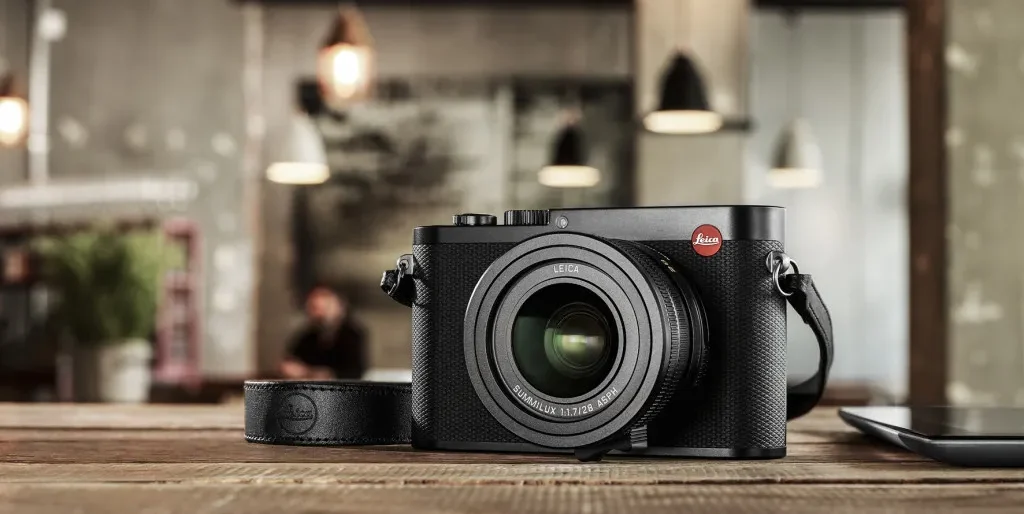
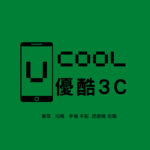



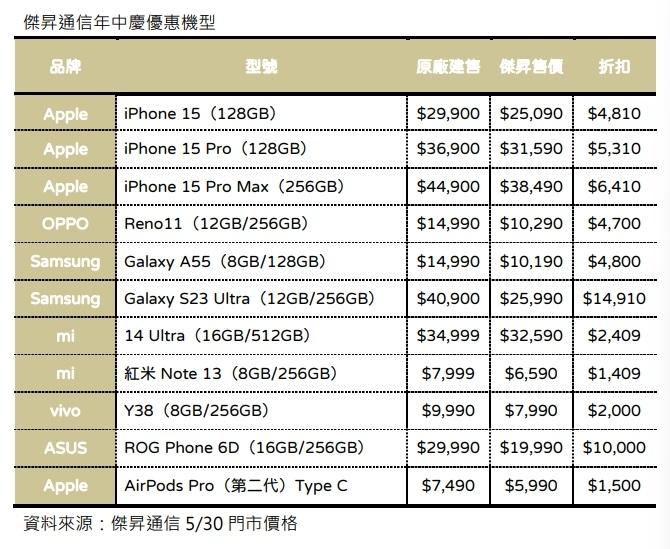
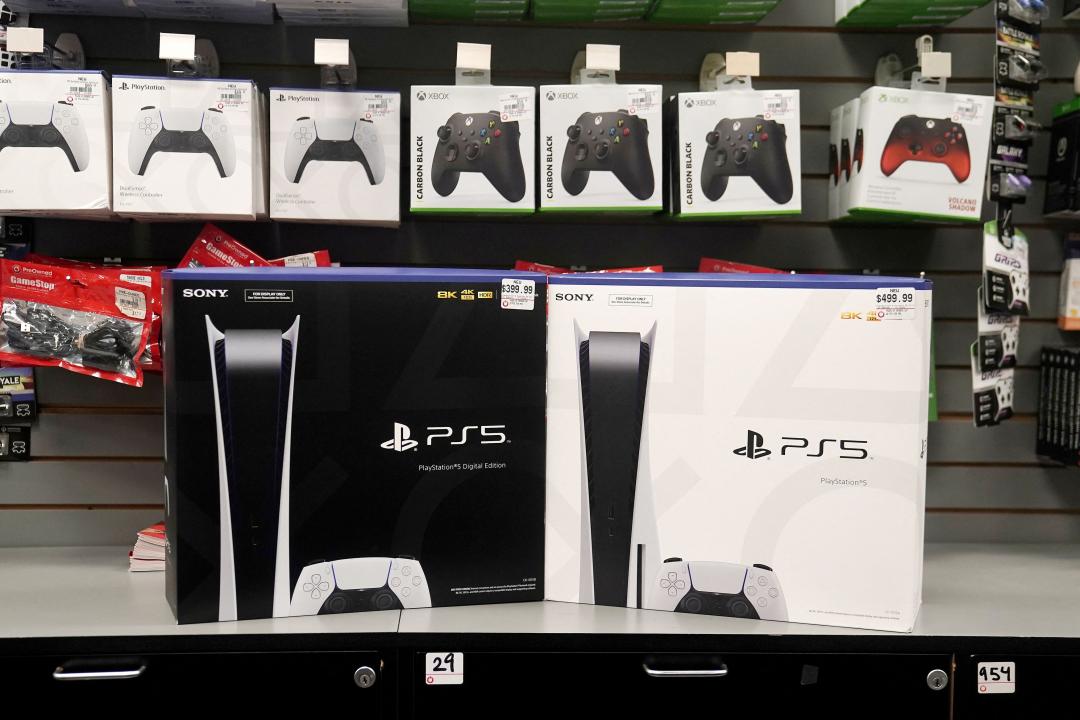
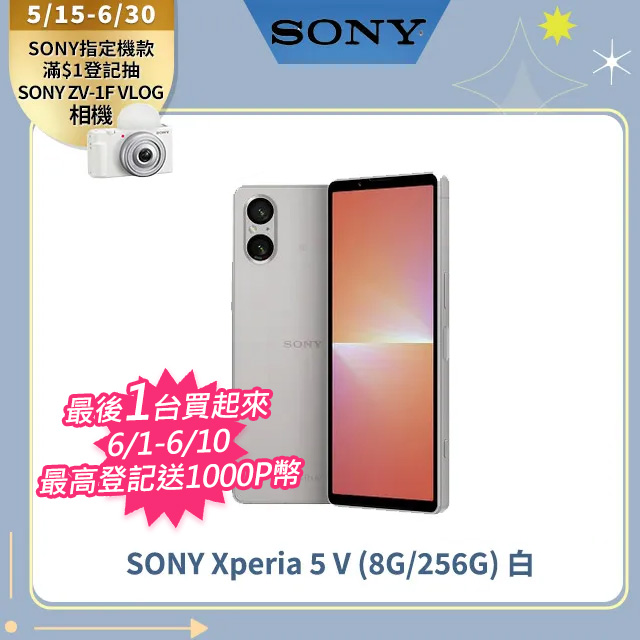
:format(webp)/cdn.vox-cdn.com/uploads/chorus_asset/file/19426740/vpavic_191126_untitled_0028_2_Edit.jpg)

